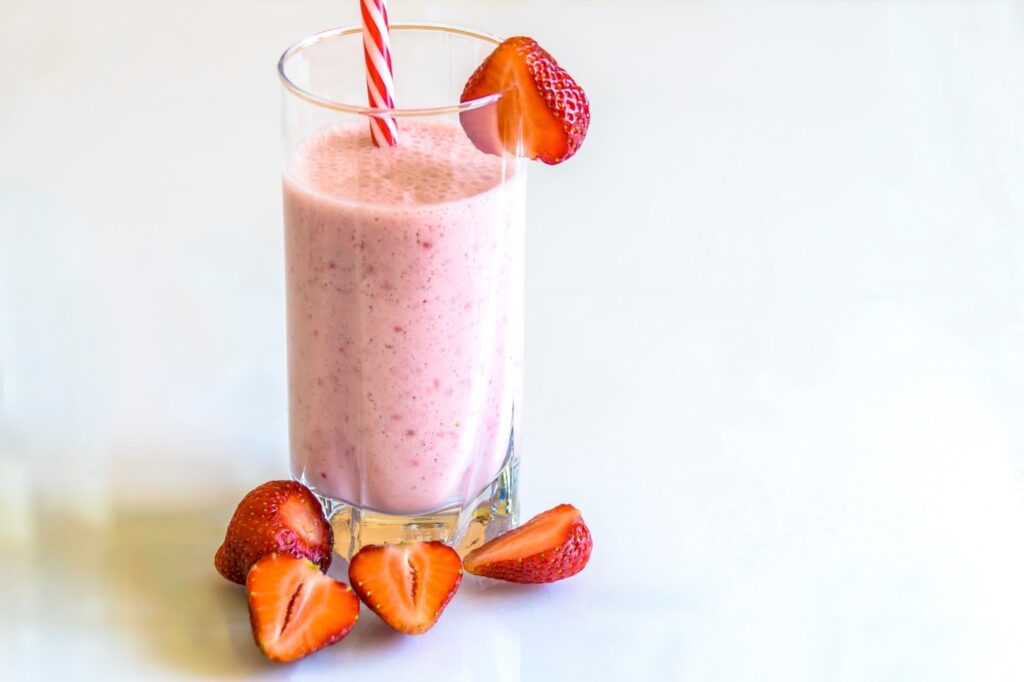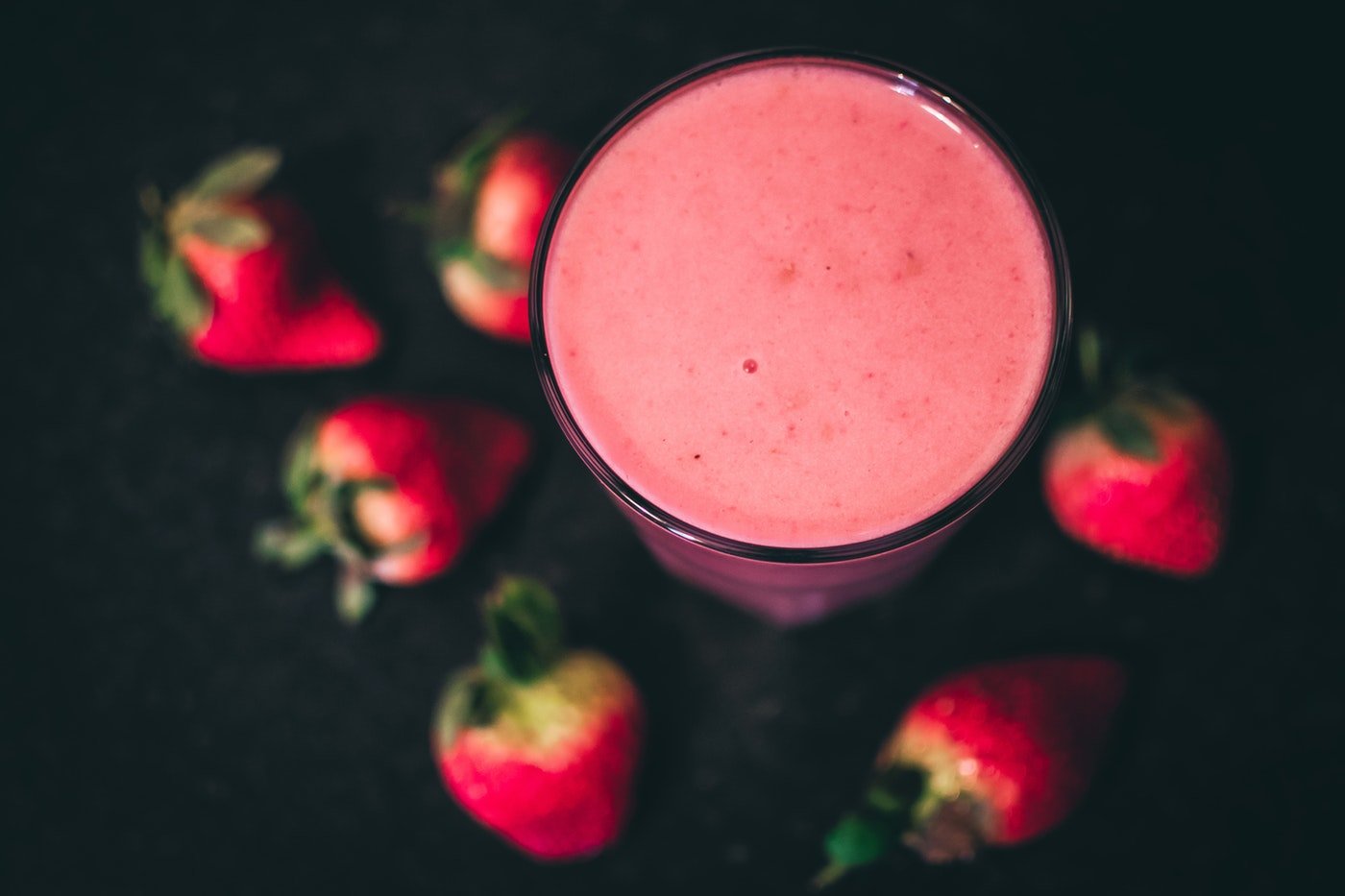We constantly hear that protein is critical to our diets and that we should be getting more of it, but we don’t often pause and think about why it’s important and whether that diet advice will hold true for us. Protein is, in fact, essential for our well-being but before we talk about if, how and when to add protein to our diets, let’s do some Biology 101.
All our cells and tissues are partially made of proteins. These proteins carry oxygen, make enzymes, hormones and antibodies and are a crucial component of, among other things, our muscles, bones, skin and blood.
Proteins are made from amino acids, some of which humans can make and nine of which we cannot. We need, therefore, to get them from food. Protein is one of three macronutrients (fat and carbohydrates are the other two) and we need to eat it for growth, cell repair and maintenance. Protein also provides calories for energy: 1 gram of protein equals 4 calories. Humans can’t store protein like we store fat, so we need to make sure we eat enough of it every day.
How Much Protein Does One Person Need?
According to the U.S. Food and Drug Administration, the recommended Daily Value for protein is 50 grams per day (based on a 2000 calorie diet). That amount will vary depending on age, weight, activity level, sex and health conditions. The U.S. National Library of Medicine gives more of a range. “The daily recommended intake of protein for healthy adults is 10% to 35% of your total calorie needs,” they state. So, if a person eating a 2000 calorie diet wanted to get “20% of their total daily calories” from protein, they would need to eat 100 grams of it per day.
That’s actually not a high bar to reach, in terms of amounts. Most people eating a conventional Western diet get more than enough protein from their regular foods without needing to add more. Harvard’s T.H. Chan School of Public Health says that rather than focus on eating higher amounts of protein, we should consider the “package” the protein comes in and know what other nutrients we’re getting or not getting from that source. It’s the “protein ‘package,’” they say, “that’s likely to make a difference for health.” If the protein source you’re consuming is loaded with fat and sodium, that’s not going to be an optimal choice.
Protein shakes or bars aren’t automatically healthier (lots of ready-made protein bars are loaded with sugar) but they might make a more ideal package to incorporate into your diet.
When Protein Shakes Might Be Right For You

There are lots of situations where going to a protein supplement, in addition to, or in place of, your usual food choices, makes good sense.
We mostly associate protein supplements with fitness types who are trying to build muscle or keep it. There’s a lot of evidence to support the idea that people who are working on gaining or maintaining muscle mass need a higher-protein diet. People who exercise intensely use more energy and put more wear and tear on their muscles in the course of a workout (or other athletic session). If you’re trying to put on muscle or tend to exercise when you won’t have time for a post-workout meal, a protein shake is a sound choice.
Those trying to lose weight by restricting calories could also benefit from protein supplements to make sure they’re not losing muscle mass as they’re taking off the pounds. A protein shake is a simple way to make sure you’re getting adequate protein without adding a ton of other calories. Protein also makes people feel fuller, longer, so you’ll feel less hungry after you pound a shake.
As people are starting to become more aware of the impacts of a meat-heavy diet on their health and on the health of the environment, sources of protein that aren’t meat-based are becoming a more popular, more ethical alternative. The Food and Drug Administration says that diets “lower in meats and processed meats and processed poultry can reduce the risk of developing cardiovascular disease, type 2 diabetes, obesity, and some types of cancers.” If you’re trying to cut back on meats but are concerned you won’t get enough protein, protein shakes are a simple way to make that switch.
Finally, the simple logistics of trying to make healthy food choices as a stressed-out working human can make protein supplements a logical option. If like most working people you have 14 minutes for lunch and the meal choices before you are a) a bag of pretzels b) a fast-food drive through or c) a protein shake that uses up that banana and the spinach you promised yourself you would eat 3 days ago, c) is an optimal health choice you can reasonably make.
The Best Times to Add More Protein to Your Day
Breakfast is a prime time for protein shakes. They’re easy to make in the morning and are much more filling, especially compared to the usual carb-heavy breakfast options. Throwing leafy greens and fiber-rich fruits in the mix, too, creates a nicely balanced meal in about 5 seconds.
Swapping out your usual snacks for something with more protein, whether that’s through whole foods, a shake or a low-sugar bar, can help level out blood sugars and keep you full until dinner.
Among gym-goers, there’s a conventional piece of advice that says that protein shakes should be downed somewhere between 15 minutes and 2 hours after a workout. This time frame has been called the “anabolic window,” a period where consuming protein optimizes tissue repair and of course, the building of muscles. Whether this window is actually the most critical time to consume protein, and whether the window even exists, is still a matter of debate in the scientific community.
A 2017 report from the Journal of the International Society of Sports Nutrition suggests that in fact, “the anabolic effect of exercise” lasts for a solid 24 hours and so, “protein doses should ideally be evenly distributed, every 3–4 h, across the day.” The effects might diminish over the course of the day but it seems like in general, you can have your shake a few hours later and not have to feel like you’ve missed a crucial opportunity.
Feature image: Lisa Fotios; Image 1: PhotoMIX Ltd.

